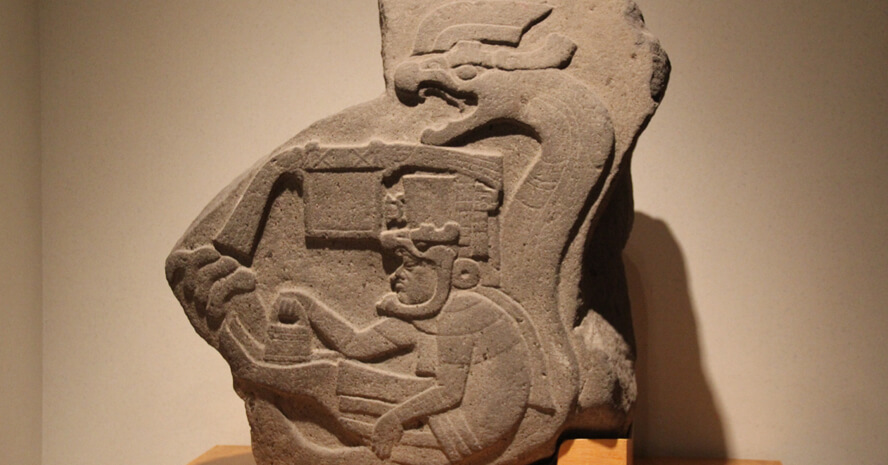Nestled in the humid lowlands of present-day Tabasco, Mexico, La Venta stands as one of the most significant archaeological sites of the Olmec civilization, often regarded as Mesoamerica’s first great culture. Dating back over 3,000 years, La Venta was a major center of Olmec society, flourishing between 900 BCE and 400 BCE. While much of its purpose remains shrouded in mystery, the site’s monumental structures, colossal heads, and intricately carved altars provide insight into the spiritual, political, and artistic achievements of this enigmatic culture.
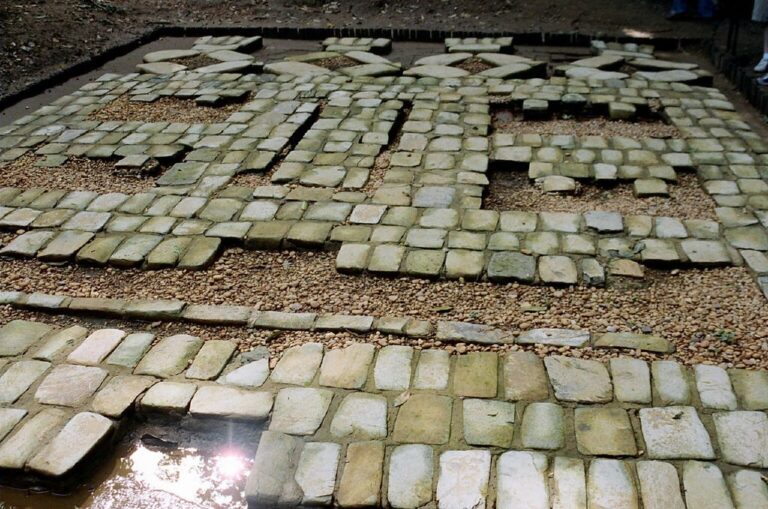
The Importance of La Venta
La Venta was more than just a ceremonial center—it was likely the political and religious heart of the Olmec world. Located on an island surrounded by swamps and rivers, the city was carefully planned and featured a layout that aligned with cosmic and ritualistic principles. Scholars believe that La Venta’s rulers governed a widespread network of trade, moving valuable materials such as jade, obsidian, and rubber across Mesoamerica.
“Mesoamerica” is a term used by historians and archaeologists to describe a region in the Americas that was home to several advanced ancient civilizations, particularly in what is now Mexico and Central America. It refers to a cultural area that spans from northern Mexico to parts of Honduras, Guatemala, El Salvador, and Belize.
The Olmec people, known for their advanced knowledge of stonework and carving, left behind some of the most striking pre-Columbian art ever discovered. Their colossal heads, thrones (altars), and buried offerings reveal a sophisticated society deeply engaged in ritual, ancestor veneration, and perhaps even early forms of state-level governance.
Major Structures of La Venta
1. The Great Pyramid
The most striking architectural feature at La Venta is its massive clay pyramid, rising nearly 34 meters (112 feet) high. Unlike the later stone pyramids of the Maya and Aztecs, the Great Pyramid was built from thousands of cubic meters of compacted earth. It is believed to have served a ceremonial or religious purpose, possibly aligned with astronomical events that guided Olmec rituals and governance.
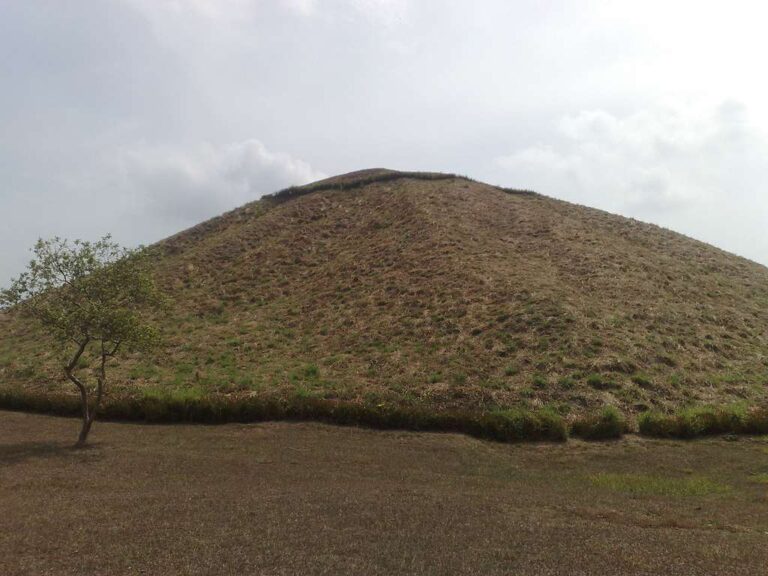
2. The Colossal Heads
Among La Venta’s most famous discoveries are its colossal stone heads, which depict powerful rulers or deities. Each of these enormous sculptures, some over 3 meters (10 feet) tall and weighing several tons, was carved from a single basalt boulder transported from distant mountain regions. The distinct facial features and intricate headdresses suggest these heads represented elite individuals, possibly rulers or warriors. Their purpose remains debated, but many believe they played a role in Olmec political or religious ceremonies.
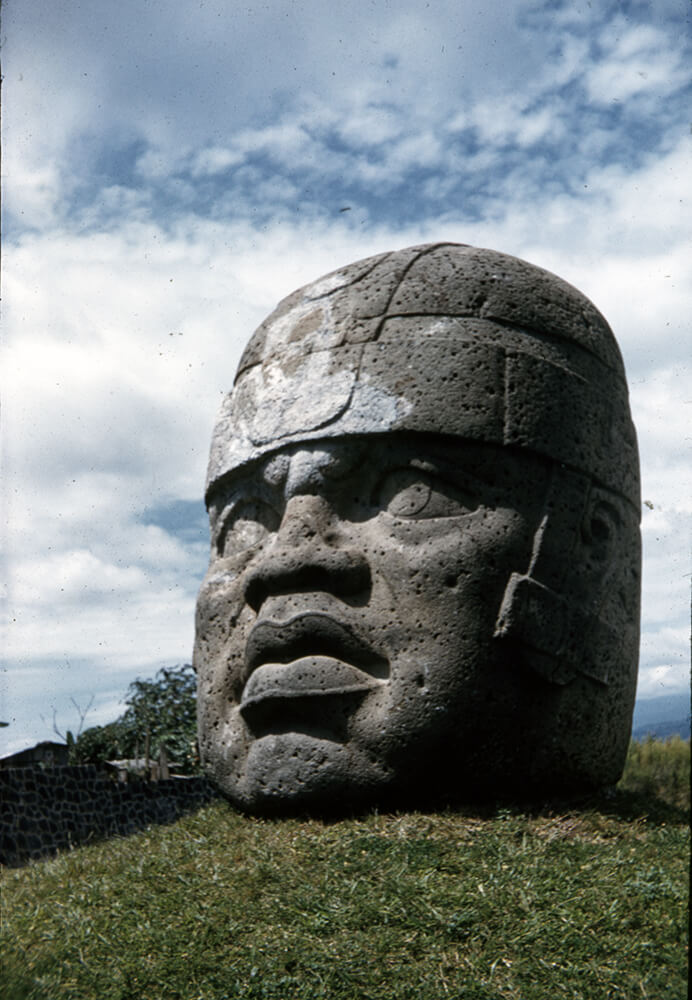
3. Altar 5
One of the most intriguing monuments at La Venta is Altar 5, a massive basalt throne that provides a rare glimpse into Olmec iconography and belief systems. Discovered in 1940, this altar was allegedly unearthed beneath a banana plantation, adding to the intrigue of its preservation.
Altar 5 features a deeply carved central figure emerging from a niche or cave-like opening, cradling an infant. This depiction is a recurring theme in Olmec art, interpreted by scholars as a representation of rulership, ancestry, or even spiritual rebirth. Surrounding the central figure are additional small figures, some appearing to carry infants themselves, possibly symbolizing a dynastic lineage or the transfer of power across generations.
The craftsmanship of Altar 5 is remarkable, showcasing the Olmec mastery of three-dimensional relief carving. The niche or cave motif may symbolize a connection to the underworld, sacred spaces, or the emergence of divine rulers. Some scholars also speculate that the scene could represent an important mythological event or a ceremonial offering involving royal lineage.
Beyond its artistic significance, Altar 5 provides essential clues about the Olmec worldview, suggesting a complex social structure where leadership and spiritual authority were intertwined. The presence of multiple figures, each engaged in a distinct action, implies a narrative deeply embedded in Olmec ceremonial traditions.
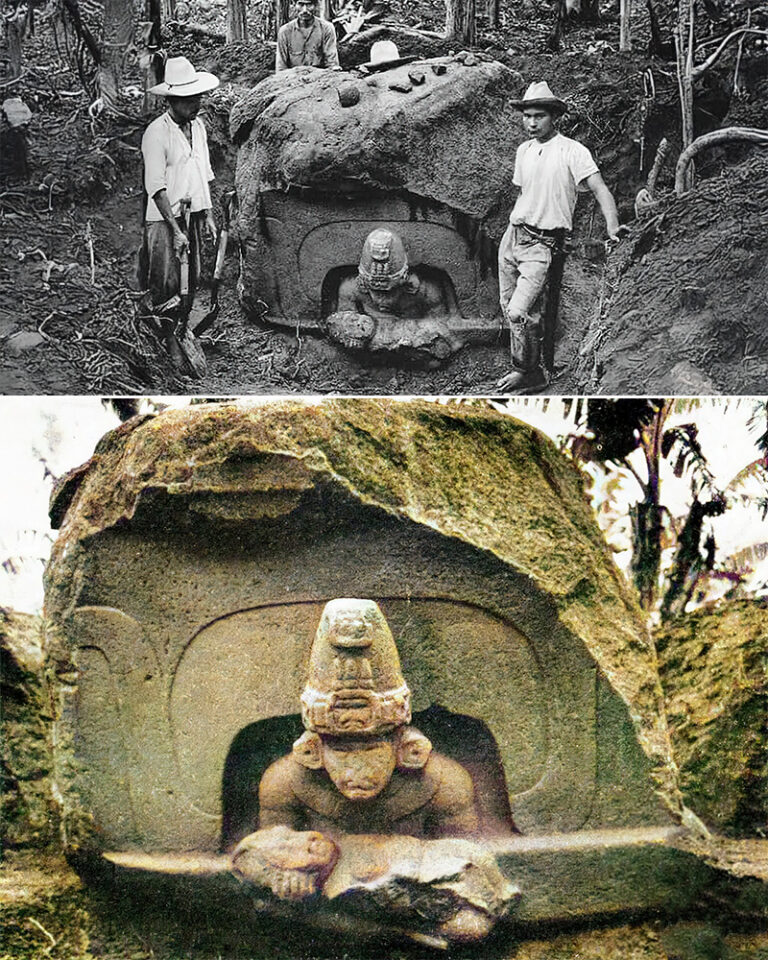
Legacy and Influence of La Venta
Although La Venta was eventually abandoned around 400 BC, its cultural and artistic influence extended far beyond the Olmec heartland. Later Mesoamerican civilizations, including the Maya and Aztecs, drew inspiration from Olmec artistic styles, religious concepts, and possibly even their early political structures. The legacy of La Venta endures through the artifacts and monuments that continue to captivate archaeologists and historians alike.
Today, La Venta remains one of Mexico’s most treasured archaeological sites, offering a fascinating glimpse into the origins of complex society in Mesoamerica. As researchers continue to uncover new findings, the mysteries of La Venta and the Olmec civilization remind us of the ingenuity and spiritual depth of one of the Americas’ earliest great cultures.

